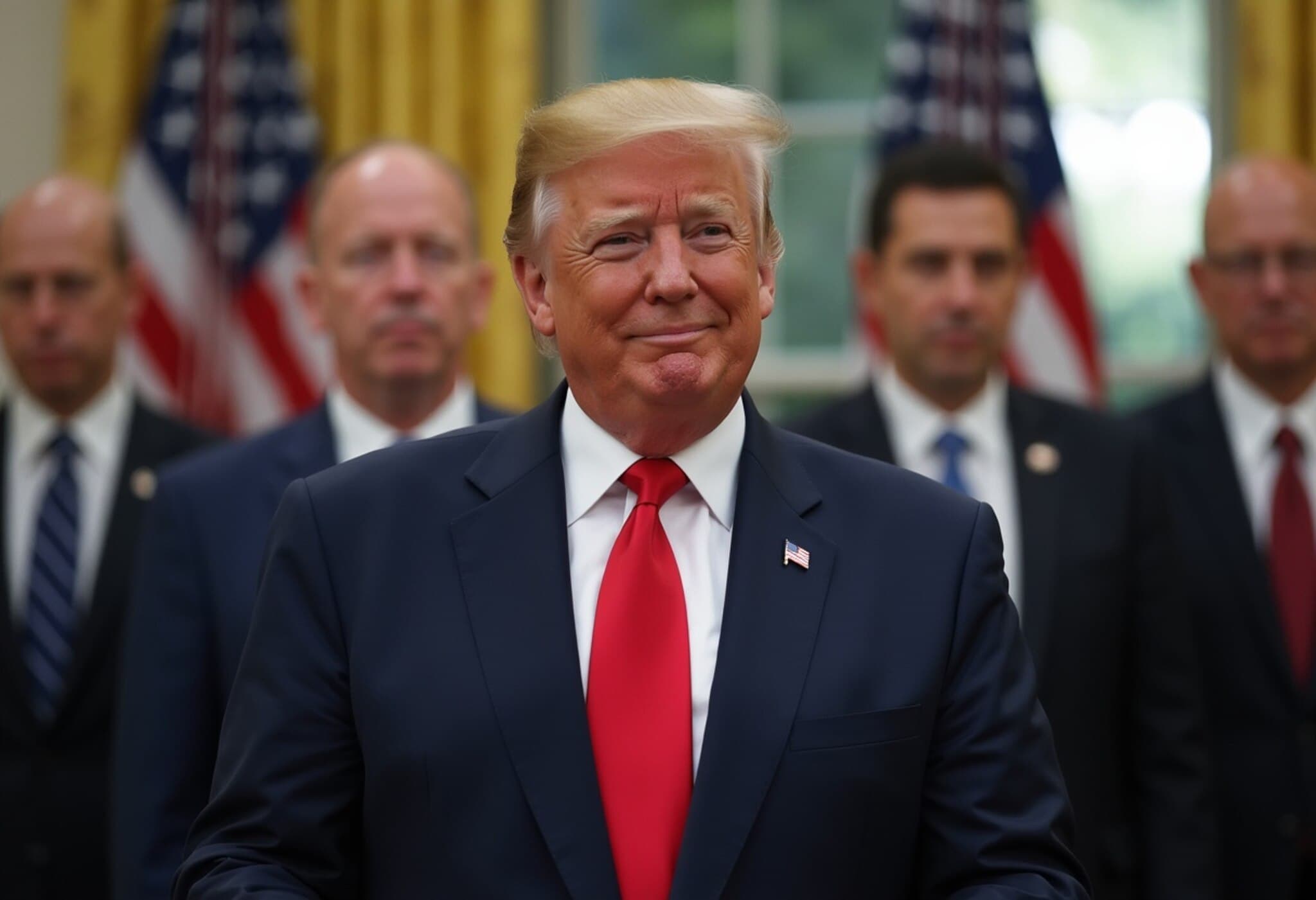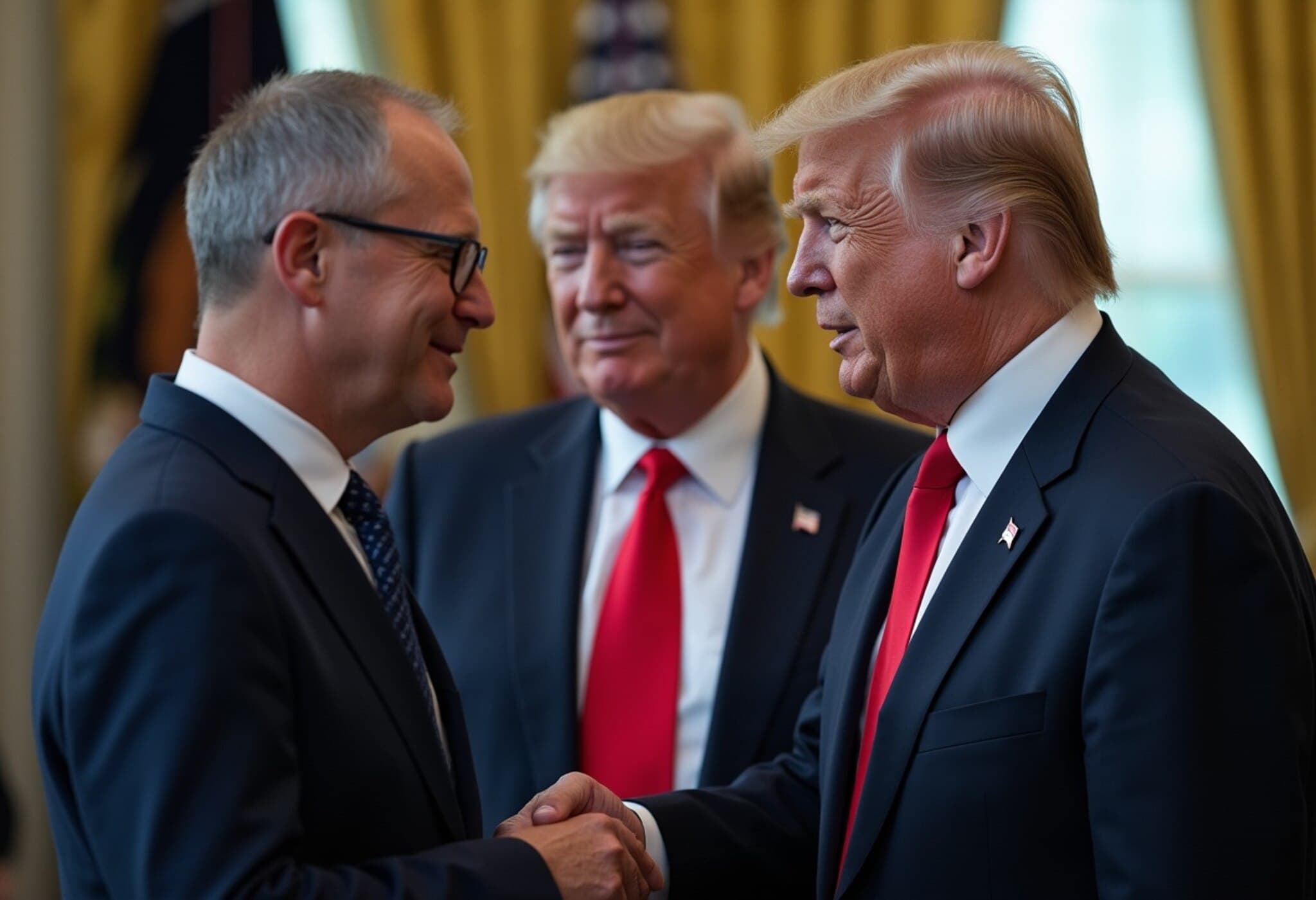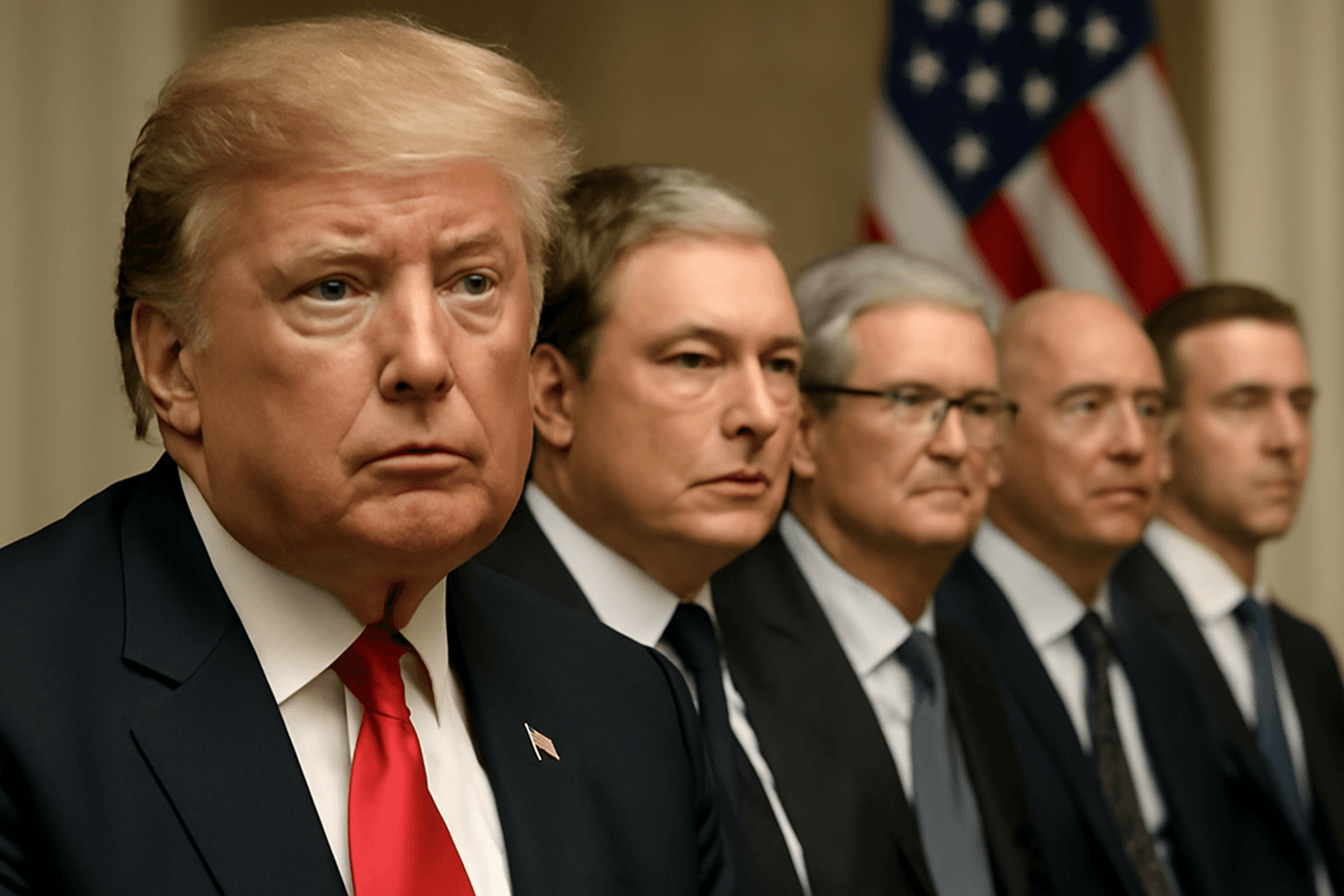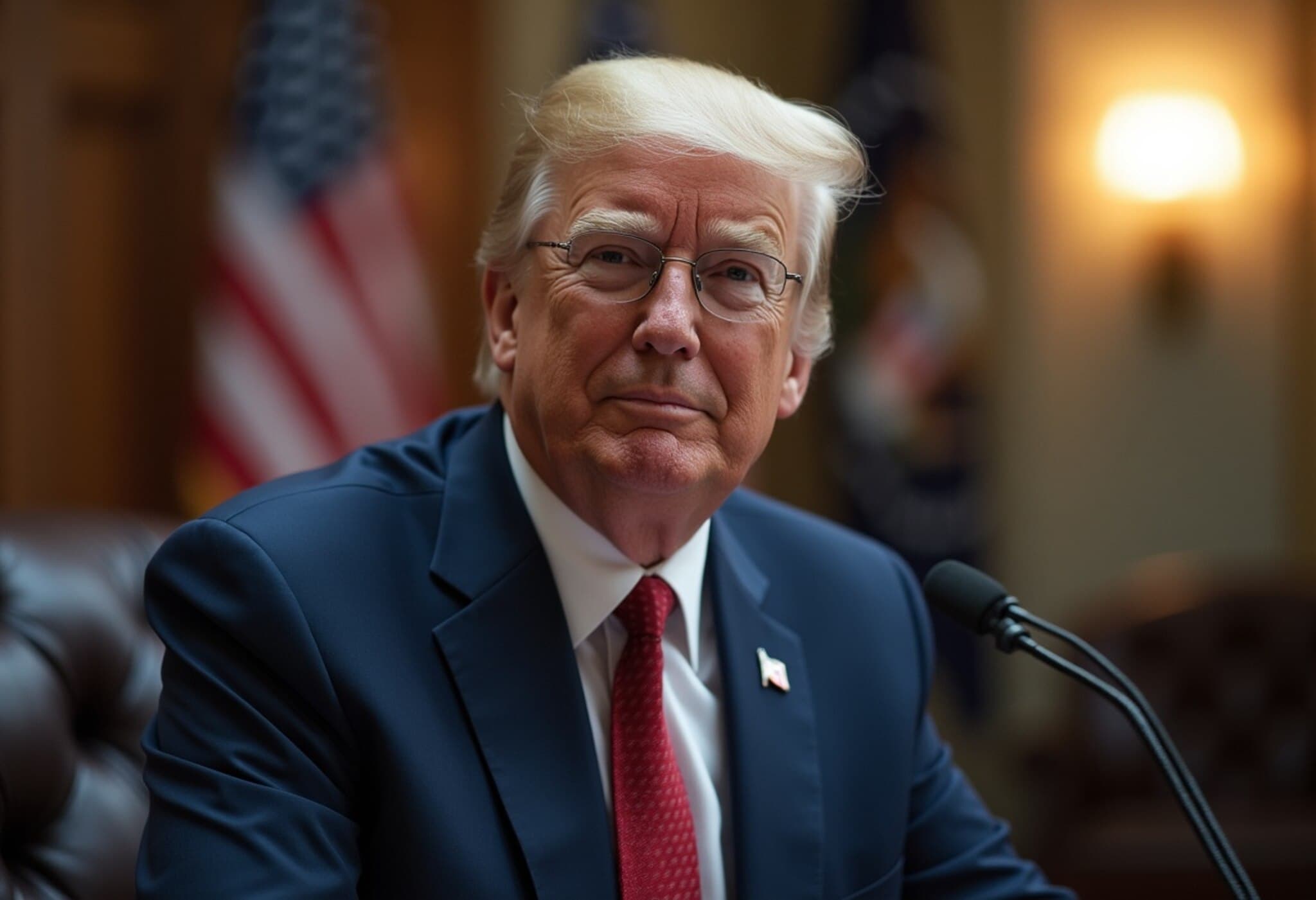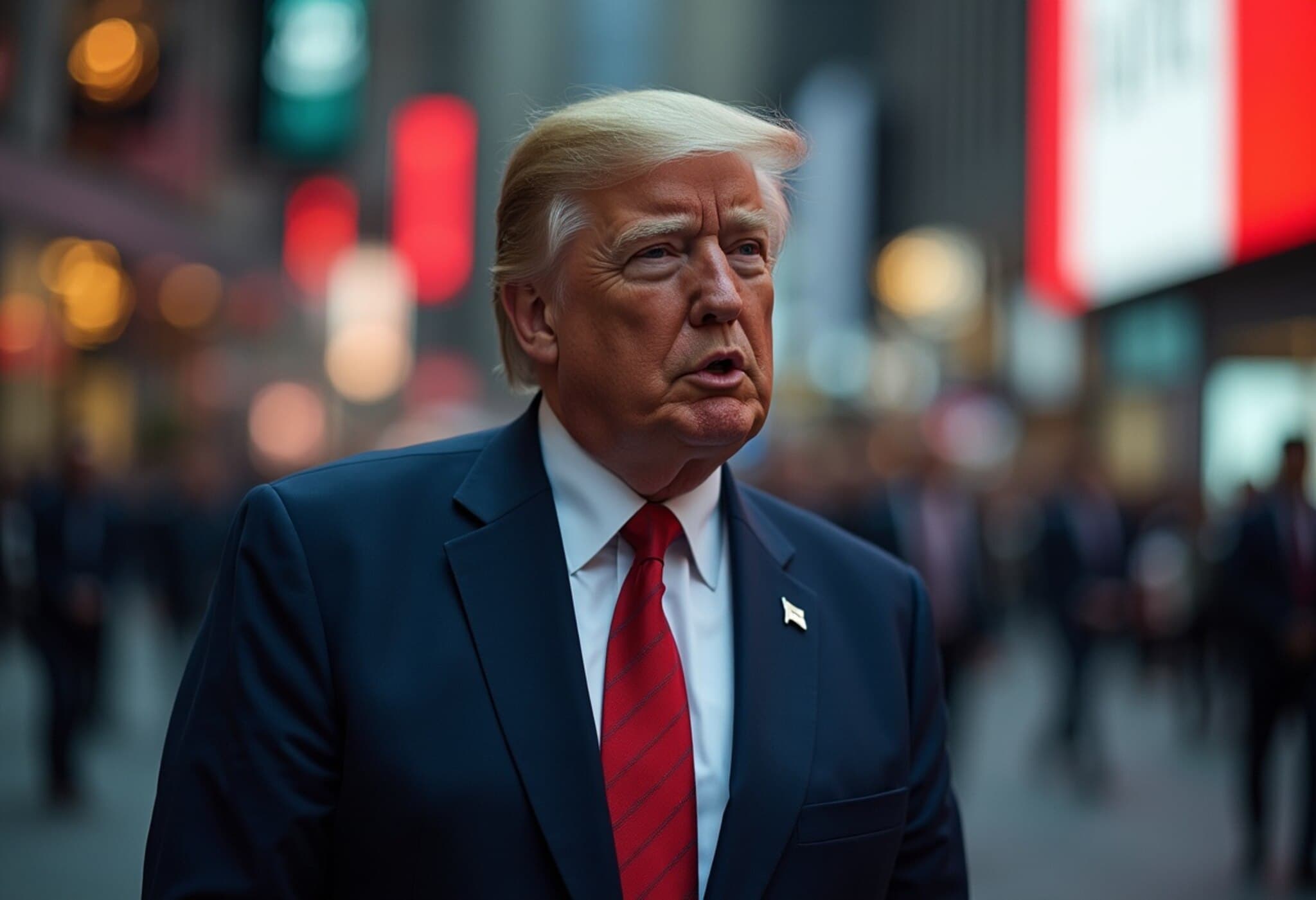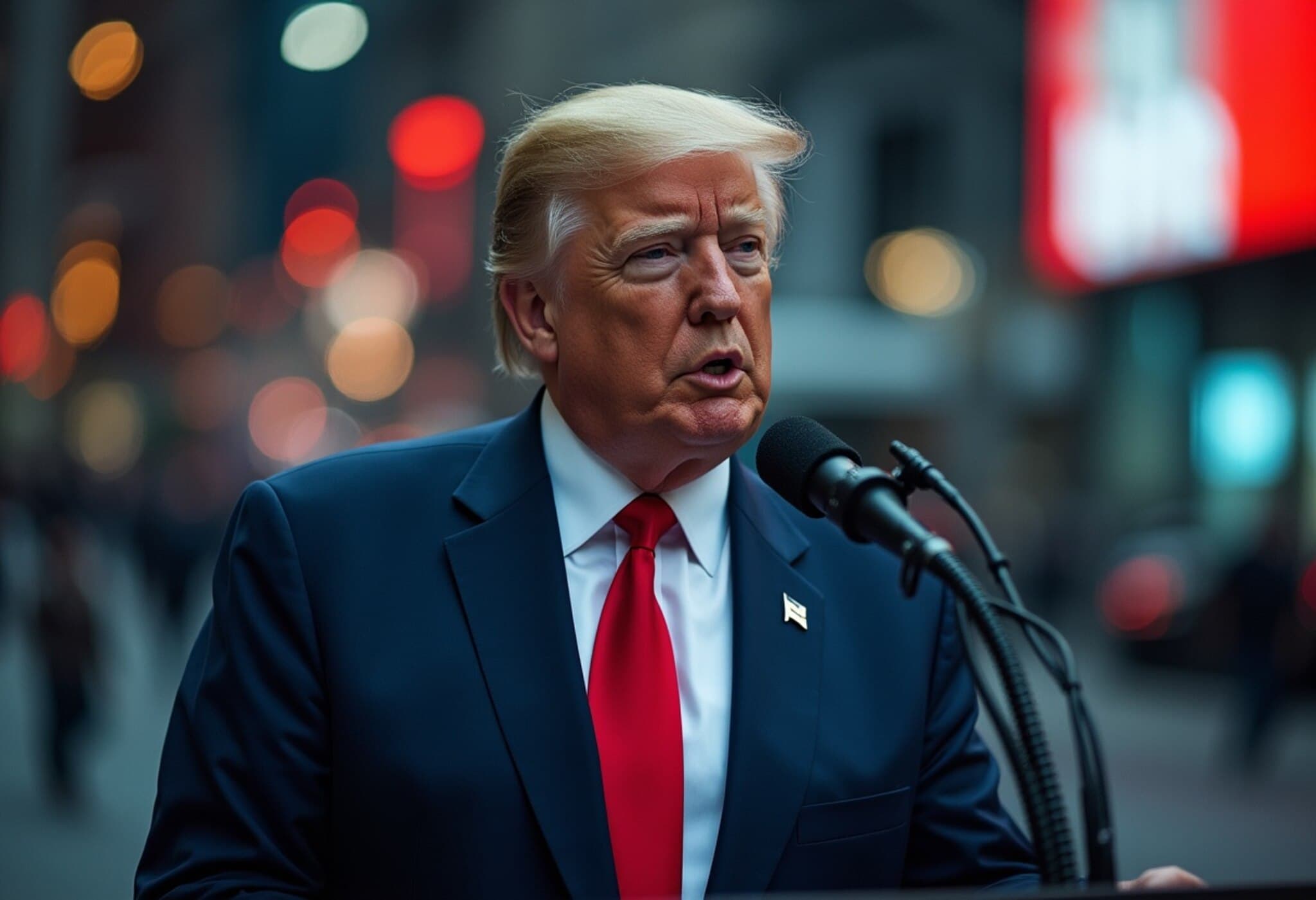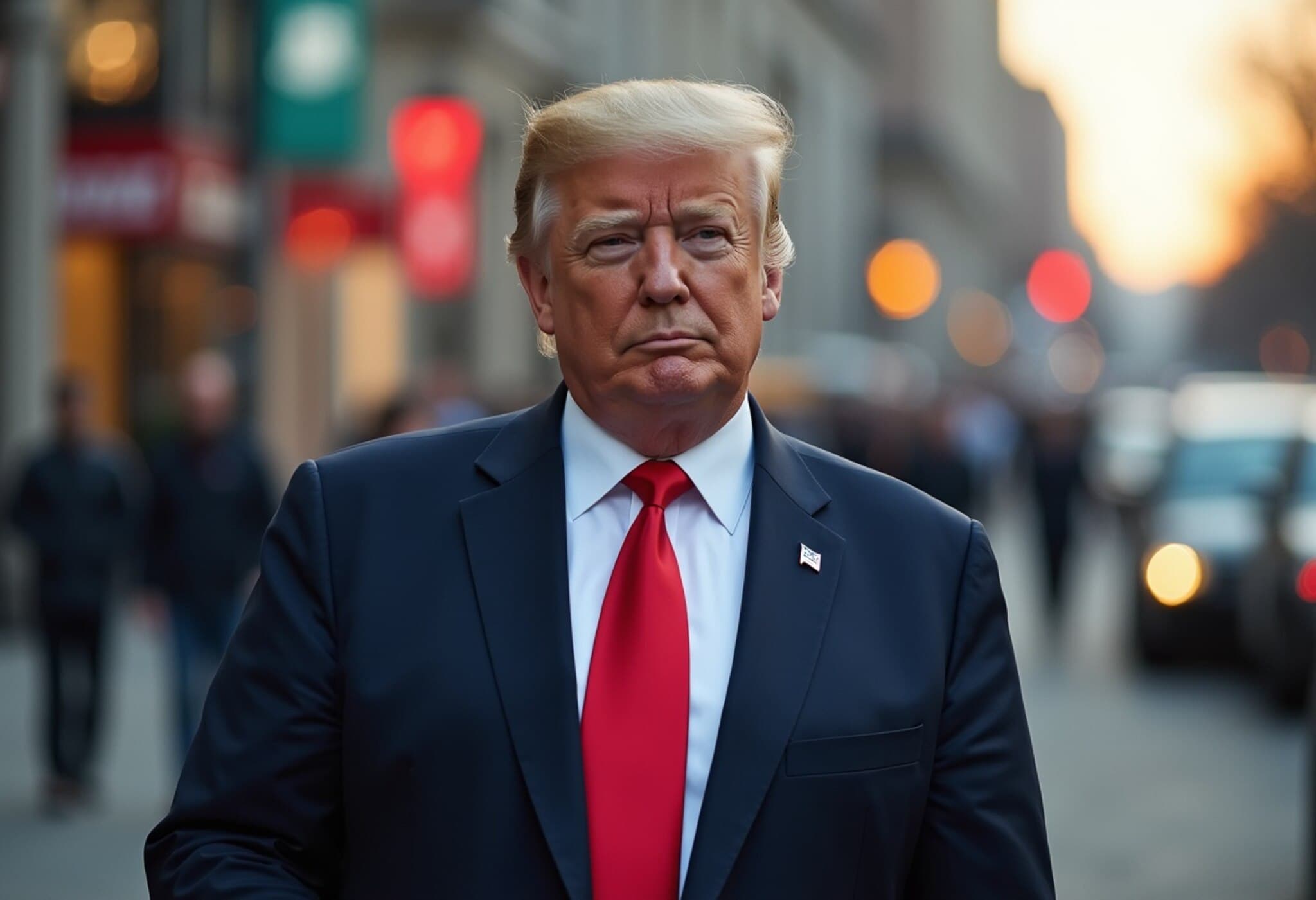Apple CEO Tim Cook Partners with President Trump to Announce Major U.S. Investment
In a high-profile event at the White House, Apple’s CEO Tim Cook joined President Donald Trump to unveil a landmark commitment: a $100 billion investment aimed at strengthening Apple’s manufacturing footprint in the United States. This announcement marks a critical development in Apple’s ongoing effort to bolster domestic production and align with presidential priorities on reshoring technology supply chains.
Details of the American Manufacturing Program
The event, held in the Oval Office and scheduled for 4:30 p.m. ET, highlighted Apple’s pledge as part of a newly introduced “American Manufacturing Program.” According to a White House official, this $100 billion commitment is added to Apple’s existing investments, bringing the company’s total U.S. investment over the next four years to an impressive $600 billion.
This strategic move is designed to create jobs, enhance technological innovation domestically, and reduce reliance on foreign manufacturing hubs. Apple has long assembled flagship products like the iPhone predominantly in China, but this new step aims to reverse or at least reduce that dependence.
Economic and Political Context: Manufacturing, Tariffs, and Trade
The timing of this announcement arrives amid ongoing tensions in U.S. trade policy. President Trump, known for his firm stance on bringing manufacturing jobs back to America, has publicly urged Apple to manufacture products domestically. However, experts argue that relocating production back to the U.S. could lead to increased costs—potentially raising the retail price of iPhones by hundreds of dollars.
Furthermore, Apple’s plans to expand manufacturing in India have drawn the administration’s criticism. Trump has expressed disapproval of Apple’s investments abroad, preferring the company focus on American soil instead. In a blunt May comment, he reportedly told Cook, “We’re not interested in you building in India, India can take care of themselves ... we want you to build here.”
Tariffs and Geopolitical Considerations
The announcement coincides with President Trump’s decision to double tariffs on Indian imports from 25% to 50%, a retaliatory move linked to India’s ongoing purchases of Russian oil. This escalation adds a complex layer of geopolitics to Apple’s investment decisions, potentially influencing its supply chain strategies.
Industry Impact and Expert Insights
Industry analysts view Apple’s new investment pledge as a signal of shifting global supply chain dynamics, emphasizing the increasing importance of domestic manufacturing in tech industries. However, the feasibility of large-scale manufacturing in the U.S. faces challenges, including higher labor costs, regulatory hurdles, and the need for an expansive supplier ecosystem.
Economist Dr. Laura Reynolds notes, “While $600 billion in U.S. investment over four years is significant, the question remains how much of this capital will translate into actual manufacturing versus research, development, or other operational expenses.” She adds, “Consumers should prepare for potential cost increases as companies navigate these transitions.”
Looking Ahead: What This Means for American Workers and Consumers
For American workers, Apple’s commitment could mean opportunities for new jobs in manufacturing and technology development. For consumers, however, the move raises questions about the future pricing of Apple products, especially if production costs rise substantially.
From a policy perspective, this announcement exemplifies the Trump administration’s broader push for economic nationalism, aiming to reassert the U.S. position in global technology manufacturing. It also spotlights the balancing act companies must perform between international market access and domestic political pressures.
Editor’s Note
This $100 billion investment announcement underscores a pivotal moment for American manufacturing in the tech sector. It prompts critical questions: How will Apple address the logistical and financial challenges of reshoring? What ripple effects will this have on U.S. labor markets and global trade relationships? As the story develops, monitoring these elements will provide key insights into the evolving landscape of American industry and international commerce.
Stay tuned for updates as this story unfolds.

